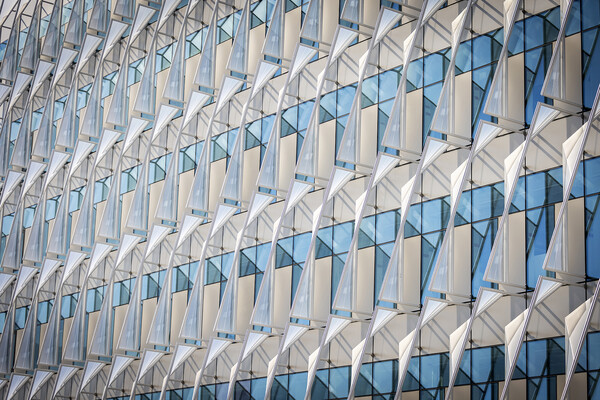
Image: Mininyx Doodle via Getty Images
Freedom of the press is not a constitutional right usually associated with the Islamic Republic of Iran. But “freedom of expression” for publications and the press is codified in Chapter 3, Article 24 of the Iranian Constitution, with the caveat, “except when it is detrimental to the fundamental principles of Islam or the rights of the public.”
Iran is also a signatory to the International Covenant on Civil and Political Rights, which emphasizes that freedom of expression—including the right to freely search, receive, and share information—is universal.
But the press in Iran is far from free. The country, through its Ministry of Islamic Guidance and Intelligence, Revolutionary Guards Cyber Division, and state policies on mass media, routinely blocks or restricts access to websites and satellite signals to its citizens at home and abroad.
Since the disputed 2009 Iranian presidential election, Western scholars have shown an increased interest in Iranian media and the potential for new media to fuel civic action.
That is where The Annenberg School for Communication’s Iran Media Program (IMP), comes in. It is a collaborative network of scholars and scholarship designed to enhance the understanding of Iran’s media ecology. To draw a more complete picture of both traditional and new media use in Iran, the IMP recently conducted two studies on how citizens gather and use information.
The IMP’s report, “Finding a Way—How Iranians Reach for News and Information,” strives to “improve the program’s understanding of the Iranian media environment by examining how Iranians use various media outlets and online, mobile, and offline communication tools,” including new media technologies like Twitter and blogs.
Conducted in January and February, the first study involved face-to-face, field interviews with a systematically recruited sample of Iranians who mirrored the demographics of the country, and sought to comprehensively portray general media consumption patterns. Data was collected by an international market research company employed by the IMP.
The second study, an online questionnaire, was aimed at showing the extent to which Iranian youth employ new media for political purposes.
Briar Smith, the IMP’s project director, says the survey questions were mostly non-controversial queries, except for two that asked about the use of online circumvention tools and satellite TV, both of which are illegal in Iran.
The most widely used circumvention tools are called Virtual Private Networks, or VPNs, and they are utilized to access blocked material online. Smith says VPNs are not only used by members of the activist community, but also by government employees and regular citizens.
“They’re totally widespread among Iranian society,” she says.
For example, says Mahmood Enayat, whose title at the IMP is chief of party, iTunes is blocked in Iran, but many Iranians use VPNs to access the platform.
Smith says IMP researchers found low use of circumvention tools among the general population. However, Iranians who filled out the online survey—mostly young, technologically savvy youth in urban populations—were much more familiar with circumvention tools and had easier access to them.
“They didn’t feel secure using them—I don’t think anybody really feels secure using them—but they felt comfortable with their ability to use them,” Smith says.
Satellite dishes are also technically illegal in Iran, but Smith says that the estimate is that between 40 and 60 percent of Iranians watch satellite TV. In response, she explains, the regime uses intermittent jamming as a way to interfere with foreign satellite signals, such as broadcasts by BBC Persian.
The IMP study also looked at the impact of social media in Iran and found that it did not play a role in organizing the attempted revolution. Enayat says the penetration of social media use in Iran is “very low.”
Magdalena Wojcieszak, the IMP’s survey manager, says the story in the West is that activists were mobilized by new media, and that without Twitter, the revolution would have been impossible. But that is not accurate.
“What these kind of cyber-optimistic accounts forget about is that, especially after the 2009 contested election, the government also increasingly started using new media for its own purposes,” she says. “New media may be used by opposition activists, but new media is also used by the regime themselves to crush the opposition.”
Smith says many Iranians triangulate information to get the best read on events, and to get around restrictions. For example, while the vast majority of Iranians indicate that they get their news from the state-owned Islamic Republic of Iran Broadcasting, they may also watch BBC Persian, access a Persian language news source based outside Iran, and speak with family and friends.
“The truth kind of shakes out somewhere in those three to four different sources,” she says.

Image: Mininyx Doodle via Getty Images

The sun shades on the Vagelos Institute for Energy Science and Technology.
nocred

Image: Pencho Chukov via Getty Images

nocred